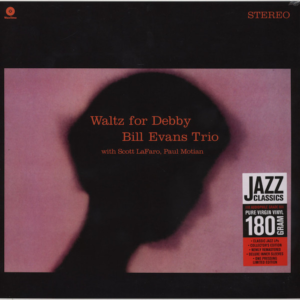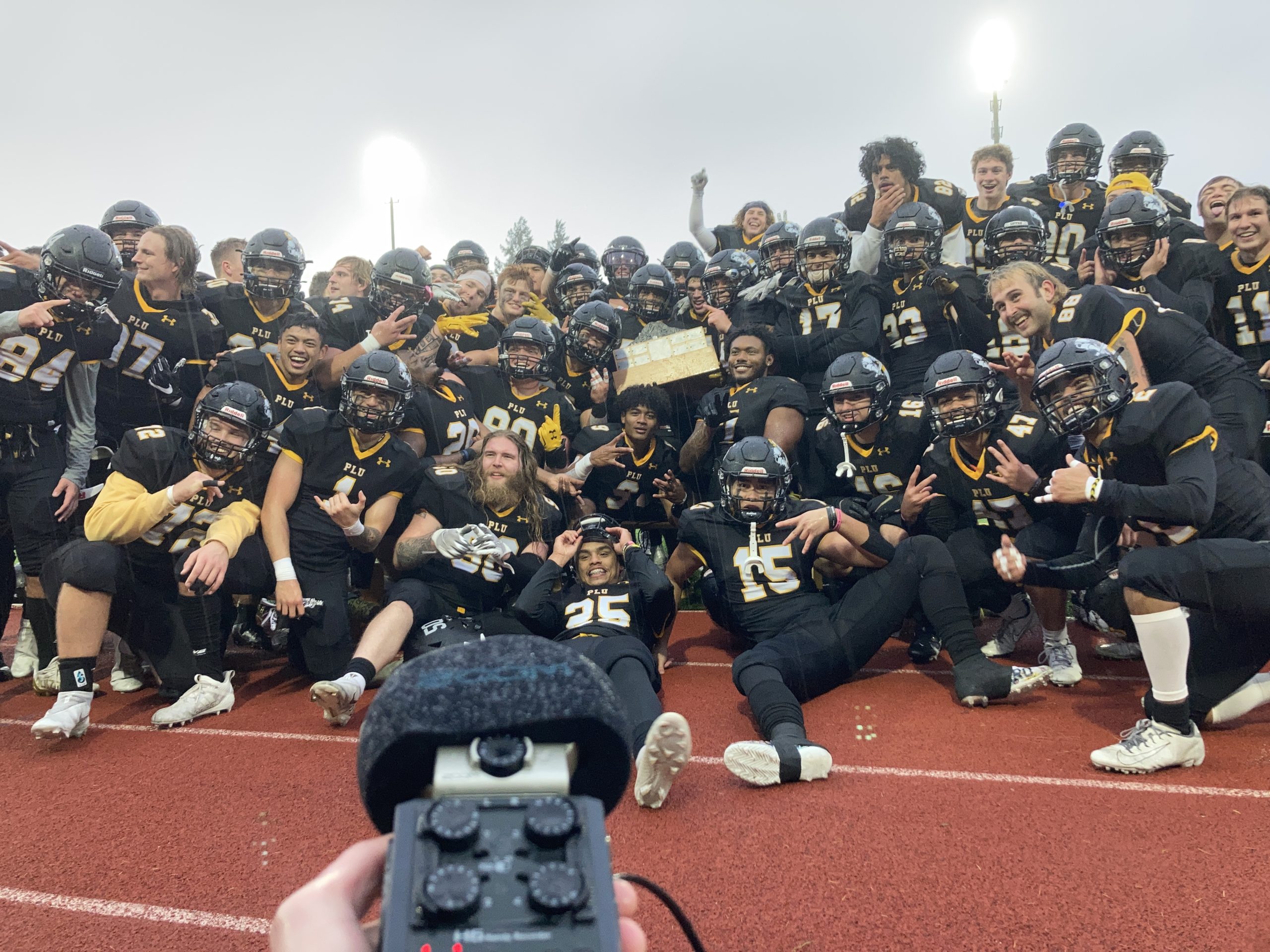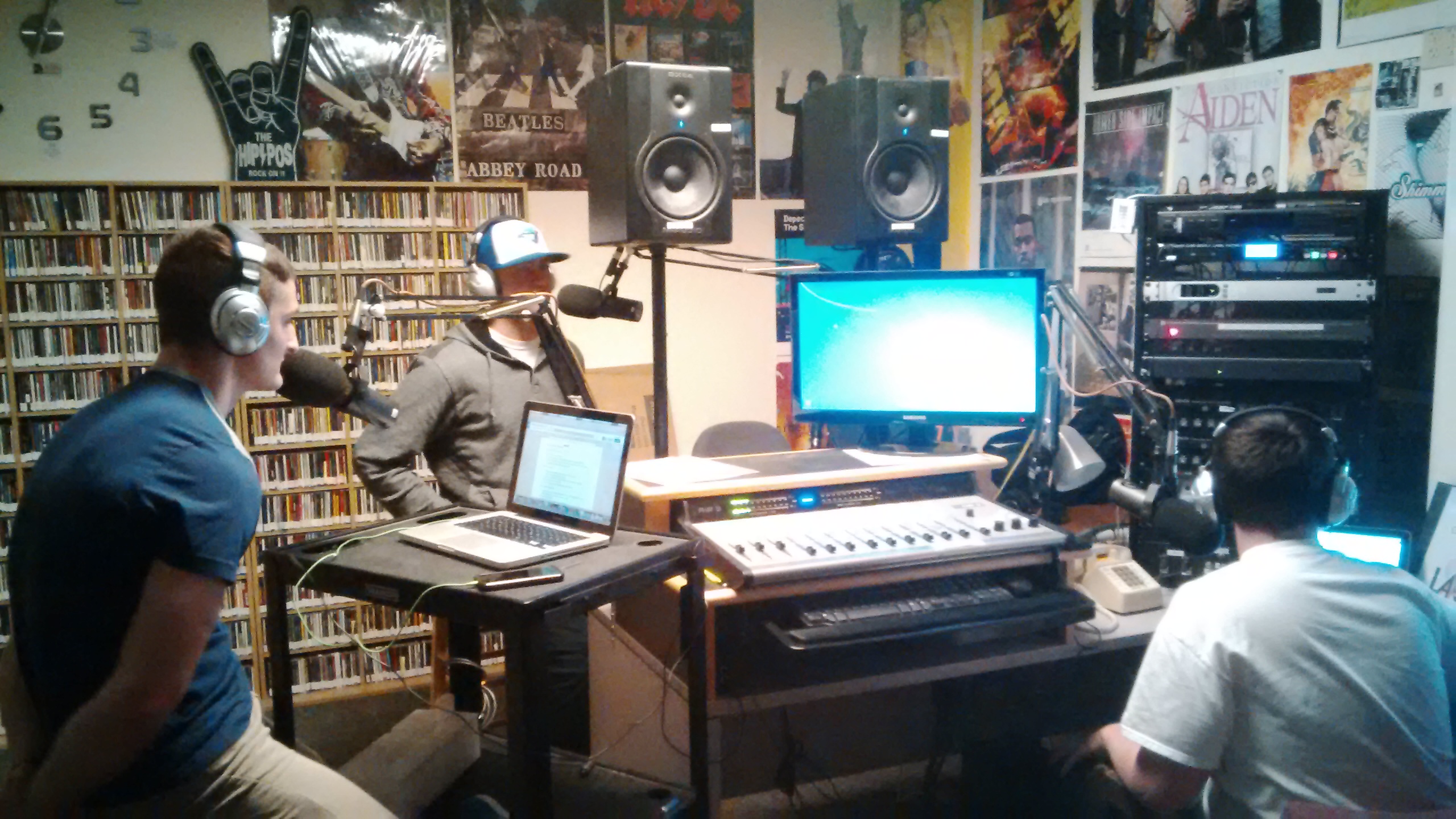By Fulton Bryant-Anderson
In the summer of 1961 jazz pianist Bill Evans recorded Waltz for Debby with his trio which consisted of himself, Scott LaFaro (bass) and Paul Motian (drums). Recorded in tandem with Evans’s other album Sunday at the Village Vanguard, Waltz for Debby defines the experience of live music through its ambiance, improvisation and enthralling musical content.
The Village Vanguard presents a mythical setting for Waltz for Debby and the five tracks that compose the album. Cigarette smoke, chatter, laughter, shuffling feet and twirling drink glasses provide a framework for the album and an unparalleled mood. The patrons of the Village Vanguard in June of 1961 had no idea of how they would change the concept of live recordings. Their mundane actions lay the foundation for the Bill Evans Trio to practice “freedom within responsibility,” or the basis of jazz improvisation.

The eponymous title track Waltz for Debby builds upon the setting of a New York summer night. Waltz for Debby owes itself to band leader Bill Evans, written by him in 1956 for his debut album New Jazz Conceptions. Now it is considered a jazz standard and the 1961 rendition is the basis for all versions recorded after it. In the seven-minute rendition Evans and crew take the basic harmonic structure of Waltz for Debby and explore the world in front of them. The interplay of Evans’s piano and LaFaro’s bass glide over clinking glasses and opening doors. Motian’s trap set maintains composure and weaves in and out of LaFaro’s rhythmic anomalies while laying the framework for Evans’s right hand. The interlocking playing of the trio culminates in LaFaro’s bass solo where he reflects upon the audience in front of him. Here LaFaro traverses the neck of the double bass, reducing the band to embers as he metaphorically takes center stage.
After LaFaro showcases his chops to the crowd, all is quiet on Seventh Avenue South. Now, the entranced crowd watches every measure in silence as they sip their glasses full of assorted alcohol. In a display of musical prowess, Evans and company have established every live music goer’s dream. A harmonious environment of technical excellence, unmatched passion and most importantly a connection to the listener. These adjectives transcended the Village Vanguard on June 25, 1961 and into the ears of jazz connoisseurs and music lovers in early 1962.
The short-lived trio of Evans, LaFaro and Motian created one of the greatest live albums of all time. They communicated the routine jazz gig with great emotion which cultivated the ideal concert environment. Ten days after the concert’s recording bassist LaFaro was killed in an automobile collision which added a deeper emotional layer to the album. In a way, Waltz for Debby represents Evans’s admiration and memory of LaFaro and their work together. The trio reconvened in mid-1962 to record Moon Beams with new bassist Chuck Israels where they cemented their place in the international jazz scene and are still influencing listeners today.
To start exploring Bill Evans and jazz as a whole, it is best to start with his work on Miles Davis’s Kind of Blue, primarily the tracks Flamenco Sketches and Blue in Green which Evans co-wrote. His solo albums New Jazz Conceptions and Bill Evans Trio with Symphony Orchestra are good places to begin as well. Check out I Love You, the original version of Waltz for Debby, and Granadas and Pavane from the aforementioned albums. The legacy and discography of Bill Evans goes beyond these examples. Anywhere in Evans’ back catalog is a great place to begin the musical journey that is Bill Evans. His music is readily available on streaming services and is easily found at a record store near you.




















